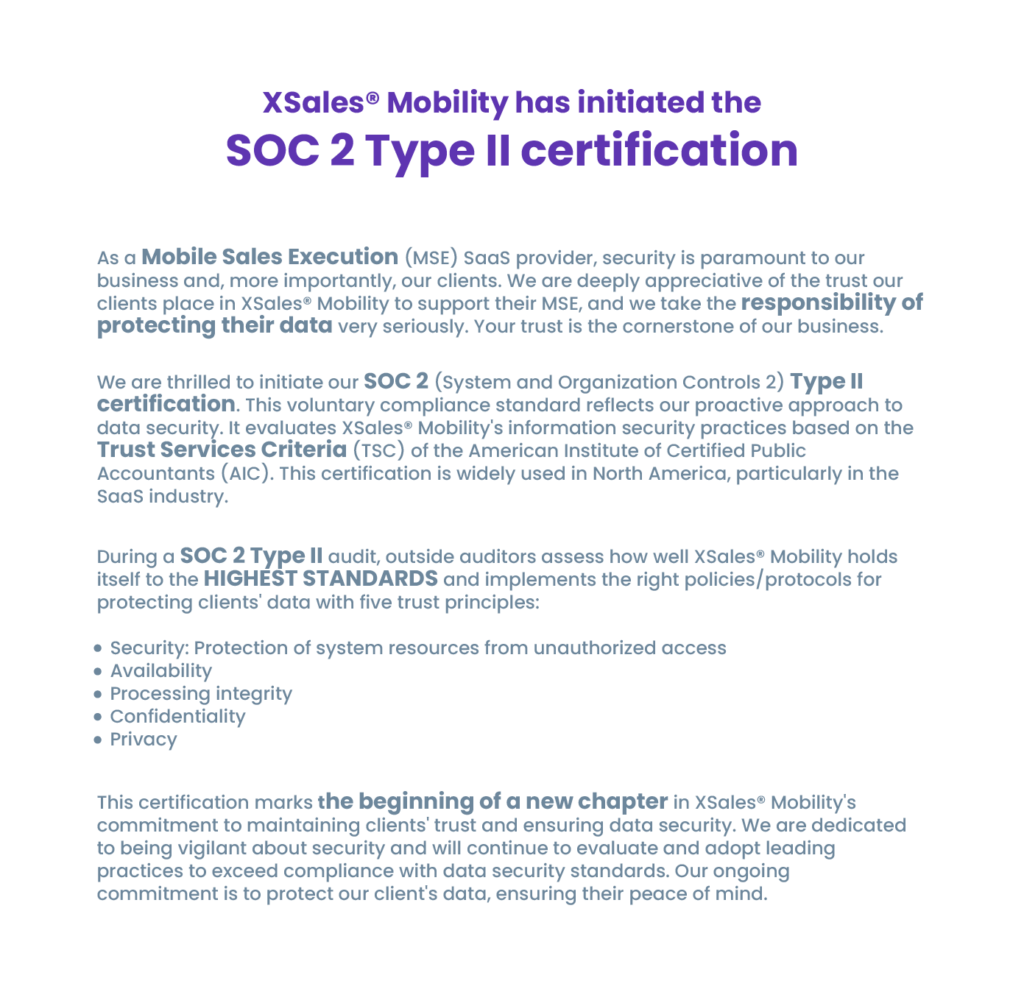A Loyalty program (also called reward program), is a reward-based marketing strategy where companies gives out incentives in order to encourage a particular behavior. It’s pretty simple, the company gives you something you may need or want, in exchange for you to stick with them from then on.
From then till now
Believe it or not, it was back in the 1700’s when the first loyalty programs began to appear, when American Retailers started to give copper tokens to their customers to be redeemed later in their next purchase, it was a very rough and expensive reward system, but it worked perfectly on getting “returning customers”.
This program was so popular that Green Shield, around 1891, decided to adopt it by replacing coins for a cheaper type of rewards: brand stamps! (better right?) and making people to come back to their stores with some purchasing advantages.
Then, the 1900’s brings with it the still famous coupons along with the most significant and yet used loyalty program: the “Frequent Flyer” program from American Airlines. At this point, every brand started working on their own to shape their particular rewarding system.
Nowadays we see points, brand cards, brands “currencies”, QR codes, mobile apps, you name it! Loyalty programs keep evolving over time and has became an element of distinction for brands. People are aware of that so when decided to join a loyalty program, they are very concious about wich one to pick, even though the reasons to join remain the same:
- They just love the brand.
- They like the idea of being a brand ambassador.
- They trust the brand will reward them for their loyalty and purchasing.
- They know they will get special treatment, birthday gifts and/or juicy discounts,
Internal & external bonding strategy
The truth is that these programs were designed for attracting and retaining customers, increase their engagement and achieve brand loyalty…and it worked perfectly for these purposes. But what if companies decide to use this strategy with their employees? How would they do it and what could they accomplish with it? well, someone already thought about all that and it was actually a brilliant idea, since these programs point to a human common behavior (everybody likes to be rewarded), no matter its location on the business pyramid.
When it comes to employees, these programs change their shape a bit since they pursue different goals. But no matter which they are and what industry do employees belong, implementing a loyalty program is a great plan specially when used on sales teams, why? Because it’s a very competitive scenario that can be smoothly handled through performance recognition and because sales reps compensation is usually based on a combination of salary & bonuses between which a reward policy can easily fit.
Adopting an employee reward program for your sales team can drive success to the whole business, here are some of the advantages that comes with it:
Increase retention
If employees don’t feel appreciated, they quit. So the idea of recognize their achievements and reward their efforts is the number-one strategy to retain them and reduce turnover. There are some amazing examples such as Quintiles, who reduced turnover by 50% within a year of implementing their recognition program. Also, by incorporating this to your corporate values, it can become an attractive asset of your brand, which also will work for recruiting new and better talent.
Increase engagement
If your program is good enough, it will develop a “team” environment, create positive and healthy behaviors and stimulate the general interest on the job. An engaged employee is synonym of higher productivity, client satisfaction and no absenteeism.
Improves business profitability
By keeping your sales reps motivated and engaged with the right program you can almost guarantee a continuous improvement on their performance, which translates in reducing cost, boosting sales and increasing revenues.
Coming to the decision
A “Bersin by Deloitte” study shows that most organizations with sophisticated recognition programs are 12 times more likely to have strong business outcomes. That is definitely inspiring numbers to work for! So let’s explore some of the best practices to design your very own company reward program:
- Don’t make it all about money: different people have different reasons to wake up in the morning. Let your employees decide what makes them feel better and valued by giving them options to select their rewards: family benefits, vacation discounts, free gym sessions, be creative and try to think about them all.
- Don’t cheat: sometimes your employee gets $20 worth of rewards, and ends up with a coffee mug that retails for $5.99, try to be transparent and real about the rewards by not trying to make an extra profit out of it. Remember is all about making your employees feel appreciated not mocked.
- Set a budget and stick to it: let’s be clear, all benefits are at the end measurable, so be sure to set a reward budget that fit your incomes. A good idea and a mostly used practice is to allocate 1-3% of a person’s salary annually to non-cash rewards.
- Don’t think of it as a come-to-rescue strategy: many companies look at these programs as a way to fix issues with their business culture, well, it won’t work for that. A reward program can enhance your culture, yes, but if you are getting daily negative reviews you may need to think of a more aggressive strategy before implementing this sort of program.
- Think ahead: if you are about to offer tickets discounts to your employees, you are basically stocked in the 1800’s. Today’s world is digital, keep that always in mind, there is a huge offer of reward program apps that have thought about everything a company needs and can be configurable to your owns, such as Bonusly, Motivosity, Kazoo, among many others. Designing a program when you only have to think about the budget, the filters and decide which compensation use between a list of preset options is easy, cheap and gets you directly to the productive stage of your program.
At this point, you may be waiting to read about possible contras of implementing a loyalty program, well, I’m sorry to disappoint you but even in the worst case scenarios where the reward program is not thoroughly planned or design, it has always the ability to touch a profound fibre in everyone (clients and employees) and generate a standard response: interest. What you do with this, is the key to succeed or fail, but at the very least, you may have caught everyone’s attention.
Photo by Clay Banks on Unsplash




